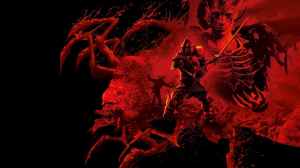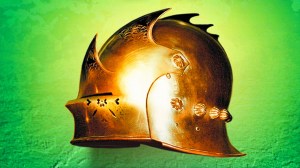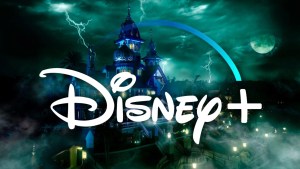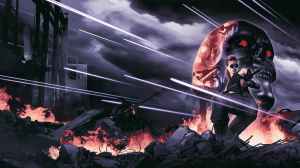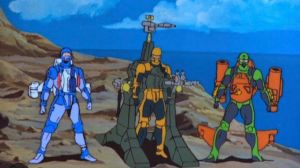A crime novelist with such a masterful grasp over his craft he’s often mentioned in the same breath as Raymond Chandler, Elmore Leonard got his start in Westerns before moving over to the world of pulpy crime fiction. His work in both genres has been frequently adapted for movies and television, attracting the talents of formidable directors such as John Frankenheimer, Barry Sonnenfeld, Quentin Tarantino, and Steven Soderbergh. And just as with Stephen King, another author who has been frequently adapted, not every movie and show based on Leonard’s works have been through and through winners. But, when they are winners, they’re often classics.
Videos by ComicBook.com
What follows are the best of the best when it comes to Leonard adaptations. Not all of them are stone-cold classics, but every last one has something in it to appreciate.
3:10 to Yuma

There are two versions of 3:10 to Yuma, one from 1957 and one that was released 50 years later. Both are worth watching, but it’s still one of the rare cases where the remake is far better than the original. In fact, James Mangold’s 2007 film may even be superior to Leonard’s source material. It helps one see why the director got the gig for The Wolverine. Not to mention, it’s as good a companion piece to Mangold’s Logan as that aforementioned Japan-set X-Men adventure.
Visually stunning and featuring two A-plus performances from Russell Crowe and Christian Bale (with the former delivering some of the best work of his career), Mangold’s 3:10 to Yuma is one of the best Westerns to hit theaters since the turn of the century. For the uninitiated, the narrative follows the attempt by struggling, wounded war veteran and rancher Dan Evans (Bale) to escort notorious gang leader Ben Wade (Crowe) to the train station by the titular departure time. Evans is paired with elderly and arrogant bounty hunter Byron McElroy (Peter Fonda, having the time of his life) and a few amateur lawmen who, between Wade’s ominous threats and the attacks by his gang, are in for one long journey.
52 Pick-Up
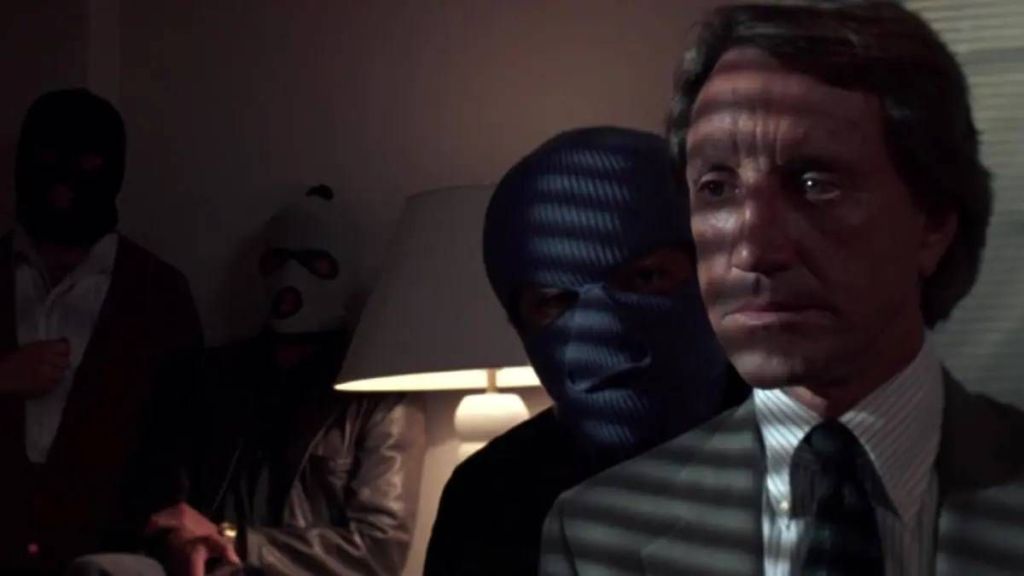
John Frankenheimer’s 52 Pick-Up is not quite a top-tier Leonard adaptation, but it without a doubt captures the tone of the source material and in doing so manages to be well worth watching for the author’s fans. It stands in stark contrast to something like Get Shorty, which manages to have a buoyant tone even when it’s showing someone get shot. 52 Pick-Up is grim, grim, grim all the way through.
Roy Scheider stars as Harry Mitchell, a busy industrialist married to a politician who one day receives a tap of himself with a younger woman. He’s being blackmailed by a trio of increasingly unhinged criminals who, upon learning Mitchell has no intention of paying (as he’s already told his wife everything), decide to murder Mitchell’s young lover with his gun and film it. While Scheider is solid as Mitchell and Ann-Margret brings her formidable prowess to the role of his hurt and disappointed wife, Barbara, this is a movie that’s propelled by its villainy. Specifically, the two nastiest members of the blackmailing trio, portrayed by Batman & Robin‘s John Glover and American Gangster‘s Clarence Williams III.
Get Shorty
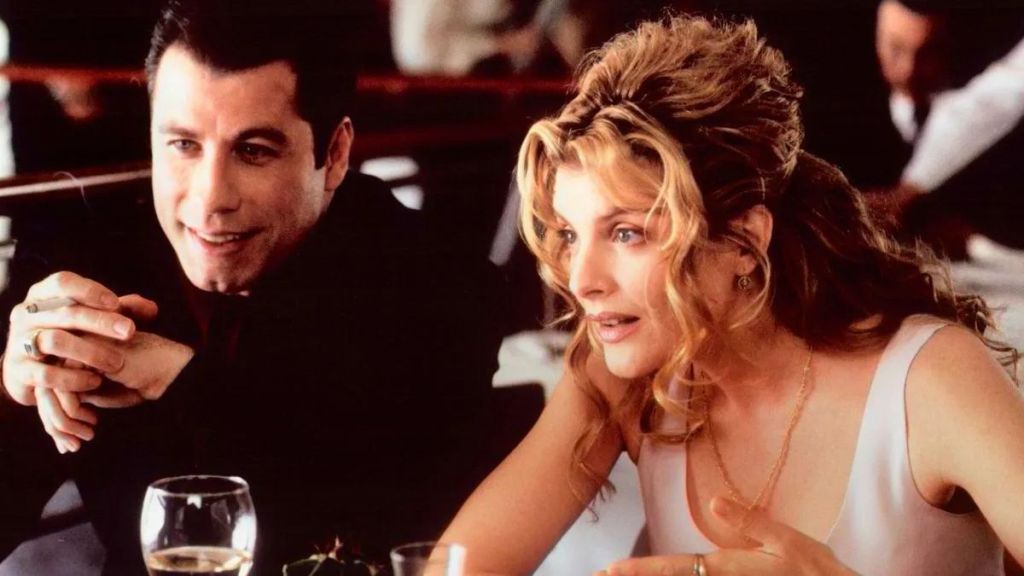
Featuring one of many great performances from the late Gene Hackman, Barry Sonnenfeld’s Get Shorty is an ultra-stylish adaptation of one of Leonard’s very best books. It was also the perfect movie for John Travolta to follow up his career-reviging work in Pulp Fiction with. Both are crime films with a humorous tone, though his super-confident Chili Palmer is quite different from his dumb and put-upon Vincent Vega in that classic Quentin Tarantino film. Hackman also has a ton of fun as B-movie producer Harry Zimm and Rene Russo is at her best as Karen Flores, an actress who is starting to get the message from her industry that her best days may be behind her.
The film follows loan shark Palmer as he moves from Miami to Los Angeles to avoid getting whacked by a made man whose nose he broke. Once in L.A., he finds that people are still after him, which is making it awfully hard to fulfill his lifelong dream of breaking into the business of show. He even has an idea for a movie. One that is awfully similar to his own story…if only he could get the ending worked out. As far as Leonard movie adaptations go, there are really only two that beat Get Shorty. Just avoid the horrendous legacy sequel, Be Cool (also adapted from a Leonard novel), at all costs.
Hombre

The late, great Paul Newman was a natural in just about every genre there is. Like Steve McQueen he bled cool and could be intimidating with just a few lines. And a few lines are really all he has in Hombre, an adaptation of what is arguably Leonard’s best Western novel. And, in this, Newman was able to show just how formidable he could be as a performer using only his face and posture.
Newman plays John Russell, a white man who was raised by Native Americans. Those who are aware of his background spew hateful garbage his way and he tends to just stick to himself in no small part because of that. But now, he’s on a stagecoach en route to Arizona to collect his inheritance. Unfortunately for him and the other passengers on that stagecoach, it’s about to get robbed, and even though they’ve been nothing but cruel to him, the passengers are now looking to Russell to save their skins.
[RELATED: The Only DC Comics Movie Starring Tom Hanks Is a Masterpiece]
Jackie Brown
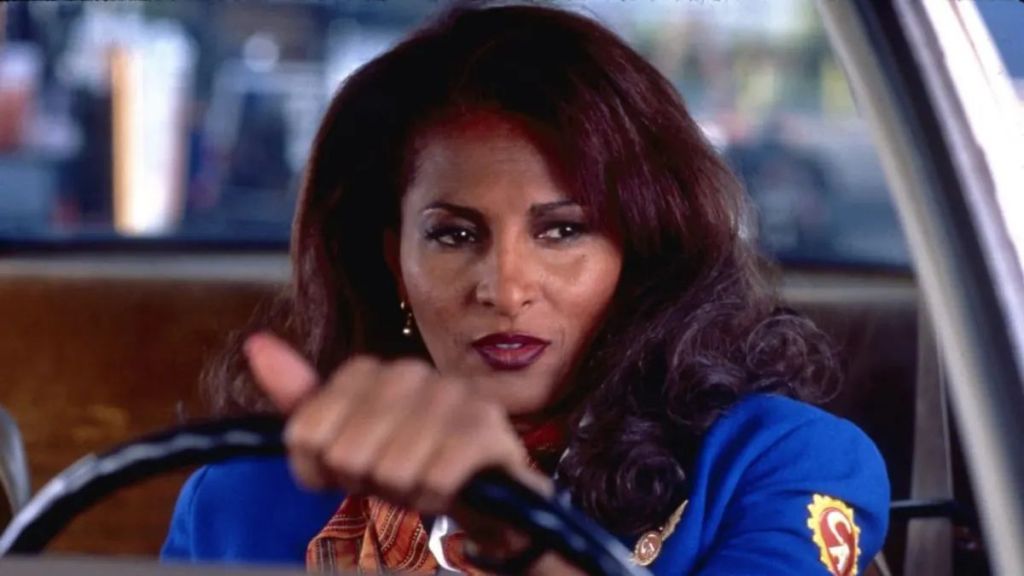
As mentioned, only two adaptations of Leonard’s post-Western crime novels are better than Get Shorty. And, as it happens, they both came out within six months of one another and, through Michael Keaton’s Agent Ray Nicolette, are actually directly connected. The first of them is Quentin Tarantino’s Jackie Brown, an adaptation of Rum Punch, another top-tier Leonard novel.
What makes Jackie Brown so brilliant is that it both serves as a fairly direct adaptation of the source material while also existing as a loving homage to the blaxploitation films of the ’70s (hence the razor-sharp casting of Pam Grier). Tarantino has always worn his admiration for Leonard on his sleeves, and it’s quite telling that Jackie Brown is the only one of his films that is based on a pre-existing work. And, on top of the style on display, it’s also one of the director’s best-acted films to date. The work by Grier and the late Robert Forster is the best of their careers, while Robert De Niro plays charmingly (and pathetically) against type as the soft-spoken Louis Gara. And, as far as Tarantino antagonists go, the only one that beats Samuel L. Jackson’s ice cold and malicious Ordell Robbie is Hans Landa from Inglourious Basterds (unless you count the general presence of Charles Manson in Once Upon a Time… in Hollywood because, well, he’s Charles Manson).
Justified

There have been a few attempts to turn Leonard’s works into television series. And, given the complexity of the plots and the number of characters interacting, one would think his stuff would work better as longform narratives than as single cinematic experiences. But the opposite has proved to be true, with Maximum Bob lasting only seven episodes and the underrated Karen Sisco lasting ten. Get Shorty, starring Ray Romano, lasted three seasons, but really the only true Leonard TV series success story is FX’s Justified.
FX was the perfect network for Justified. It allows for a little more leeway in content than network television even if not quite to the extent of HBO. It was a home where the Timothy Olyphant-fronted country crime caper could prove itself to be a flagship series. And, after running for six seasons, that’s really what it was. The story follows Olyphant’s Raylan Givens who, outside perhaps the aforementioned Sisco, is Leonard’s best character. For the most part, it was able to retain its level of quality throughout its run, with Olyphant always there to bring his perfectly cast charisma to the table and Fallout‘s Walton Goggins to serve as the perfect foil to his stoic heroism. Justified: City Primeval (which was partially an adaptation of the Raylan-free novel City Primeval: High Noon in Detroit) showed that, even nearly a decade after the initial series’ close, there was still gold to mine.
Out of Sight

If Jackie Brown isn’t the best Leonard adaptation, Steven Soderbergh’s Out of Sight. Part of it comes down to casting, another part is its air-tight direction, and a third is its equally tight pacing. Then there’s the fantastic script by Scott Frank and, perhaps most of all, the chemistry between the castmates.
George Clooney is his naturally charming self as small-time criminal Jack Foley, Ving Rhames is lovable as his partner Buddy Bragg, and Don Cheadle is menacing as Maurice Miller, but at the end of the day Out of Sight is undoubtedly Jennifer Lopez’s movie. There’s a strong argument to be made that, even factoring in Travolta in Get Shorty, Olyphant in Justified, and both Grier and Forster in Jackie Brown, Lopez delivers the best performance to ever grace a Leonard adaptation as Karen Sisco. People point to her performance in Hustlers as the apex of her (sometimes belittled) acting abilities, but it was here that she proved, when given the right script, she can be far more than a popstar or a face on rom-com posters.


